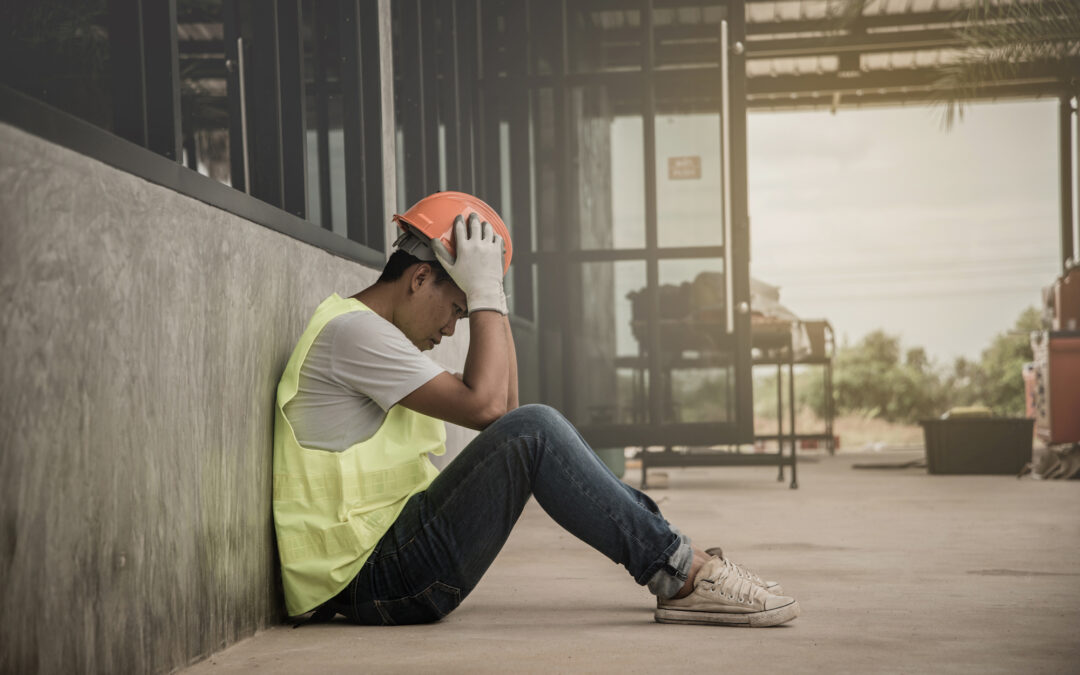Many people experience some type of pain from time to time; when you get a paper cut, hit your thumb with a hammer, or step-down wrong and twist your ankle. However, when the injury heals, you most likely, no longer feel pain. It’s the feeling of pain that lasts for weeks, months, or years that affects your daily life. Pain can interfere with tasks you want or need to do. After some time, chronic pain can take a toll on your emotions and lead to other problems. Finding the right pain management is necessary for living a productive life.
Discussion Points:
• What is chronic pain?
• How does pain impact your daily activities?
• How do you deal with pain?
• Focus on positive thinking, through alternative therapies including meditation,
acupuncture and sound therapy,
• Seek emotional support from friends, family, co-workers, and support groups.
Discussion:
Chronic pain is defined as pain that is recurrent; it lasts more than 3-6 months, has some effect on any part of your body, and ranges in intensity from minimal to severe. According to the CDC, “chronic pain impacts nearly every facet of daily life and has been linked to disability, dependence on opioids, higher rates of anxiety and depression, and a reduced quality of life overall.” It is estimated to affect over 50 million Americans each year.
A study in 2021 found that the cost of lost productivity from chronic pain was an estimated $300 billion per year. A weekly 5-hour loss of productivity for an employee suffering from chronic pain averaged $5,000 per year. Decreased productivity ranged from 2.4 hours per week for an adult with joint chronic pain to 9.8 hours per week with multisite chronic pain. It is essential to provide support for employees who experience chronic pain. Employers should implement a workplace pain management program to help increase productivity. They should also accommodate employees with specialized equipment, such as ergonomic chairs, standing
desks, and ergonomic keyboards, and arrange regular breaks, flexible work schedules, or remote working.
Being open to creative pain management strategies and promoting health and wellness can
also increase work culture.
September is National Pain Awareness month. The purpose of pain awareness month is to raise awareness for those who live and work with chronic pain. Living with chronic pain can be isolating and challenging, but knowing there is support available, you do not have to suffer through the pain alone.
As always, be safe out there!


Recent Comments